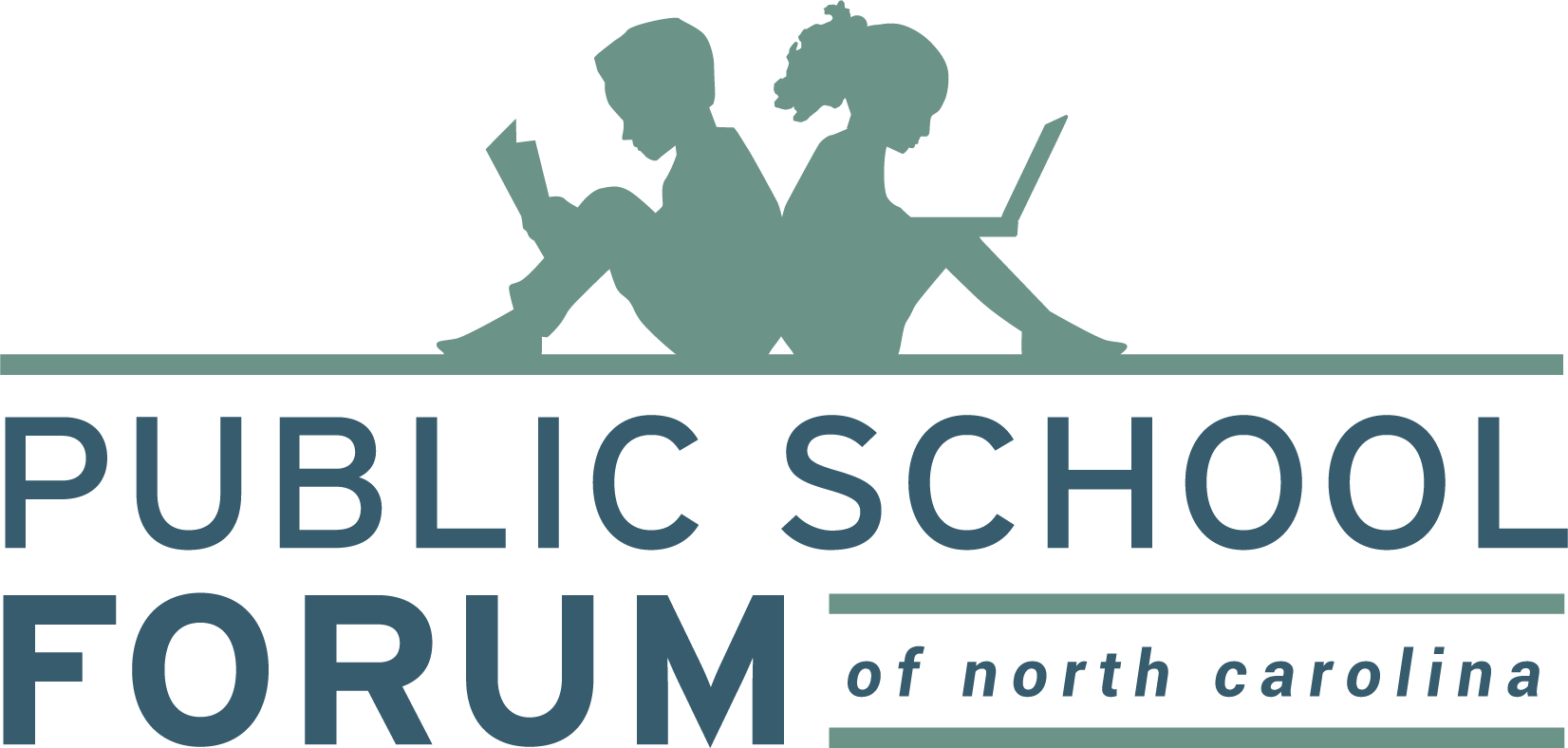One of the ongoing tensions underlying much of the current debate over public education in North Carolina is the amount of money available to support our schools.
Last year, with an economic recovery resulting in a $400 million surplus – the first such surplus in years – educators and public school champions regularly heard from lawmakers that the resources “just weren’t there,” that funding important investments for our students and schools would necessitate cuts elsewhere.
But the problem wasn’t resources. It was priorities.
The benefit of last year’s economic recovery to our public schoolchildren was nowhere near what it could have been. Changes to the state’s tax code “shrunk the pie” and left significantly less money available. How much less? Reductions in corporate income taxes alone reduced available resources by $450 million this year and $700 million next year. Even modest changes would have made it possible to fund many of the worthy education priorities that were instead left on the cutting-room floor.
Of course we need a competitive tax structure and a regulatory climate that attract jobs and investments. But all the tax cuts and regulatory relief in the world will be meaningless if we don’t invest in our schools that underpin healthy, vibrant communities and create the kind of well-educated, skilled workforce that has been drawing investment to our state for decades.
Today, North Carolina is in the bottom 10 nationally and among the lowest in the Southeast in per-pupil spending. We spent $855 less per student in 2015 than we did in 2008. The recession undoubtedly contributed to the drop, but only five states experienced worse declines over the same period.
Even the strongest teachers and school leaders cannot adequately serve each child while operating on a shoestring. And how are we doing supporting these critical teachers and school leaders?
Limited pay bumps
The last two years the state made welcome, but limited, additional investments in educator pay. A year that could have seen North Carolina take a giant leap toward the national average in teacher pay saw a small one-time $750 “bonus,” a pay bump for beginning teachers and step-based raises for a fraction of the state’s veteran educators. In the end, 7 out of 10 teachers saw no raise at all.
Our state’s average teacher pay still ranks 42nd nationally, up from 47th the previous year and second-to-last in the Southeast. North Carolina ranks dead last, nationally, in teacher salary growth over the past decade. And it’s not just teacher pay that’s lagging: Principals’ pay ranks an embarrassing 50th among all states and the District of Columbia.
All of this is why the Public School Forum of North Carolina has selected “Directing Adequate Resources to Public Schools, Teachers and Leaders” as the top issue in our annual Top 10 Education Issues, slated for release Tuesday.
This year the governor and members of the General Assembly should commit to a dramatic increase in funding for public schools and:
▪ Target increased funding to attract and retain great teachers and leaders. As the state’s revenue picture brightens, either through an improving economy or policy choices, the state should prioritize dramatic increases in funding for teacher pay and bold investments in school leaders. A dramatic increase in pay is necessary to make the state’s public schools a career destination again for promising teaching candidates. Limited funding in 2015 for a principal preparation pilot was a start, but it will take more extensive and sustained investment to show that North Carolina is ready to back up state leaders’ statements about the importance of school leadership.
▪ Prepare for the next generation of public schooling by funding school- and system-level innovation. State leaders should support initiatives that will pave the way for our public schools to continue to serve as national leaders, particularly in the areas of personalized learning, early college high schools, competency-based learning and STEM education. We should also support districts in developing career advancement opportunities for teachers and target additional pay incentives to hard-to-staff subjects and high-need schools.
▪ Reject calls for rigid and damaging limits on education spending such as those that would be mandated under a “Taxpayer Bill of Rights.” A proposal last year to enshrine a Taxpayer Bill of Rights in the state constitution would have reduced annual state revenues by billions of dollars, further hampering the ability of the state to support public priorities including education.
I spoke recently with one of state’s top business recruiters. He said he never used to field questions from companies looking to relocate, open or expand operations here about education. They all knew education was a priority for us – it was central to our brand. We invested in education at all levels, from our national model early childhood programs to our robust K-12 public schools to our vast community college and university system. Now he said the questions come early about North Carolina’s commitment to education. We have to start turning that around now.
Mahatma Gandhi said, “Action expresses priorities.” Let’s demonstrate by actions that education is a true priority for North Carolina.
Photo: Robert Willett, News and Observer

Leave a Reply